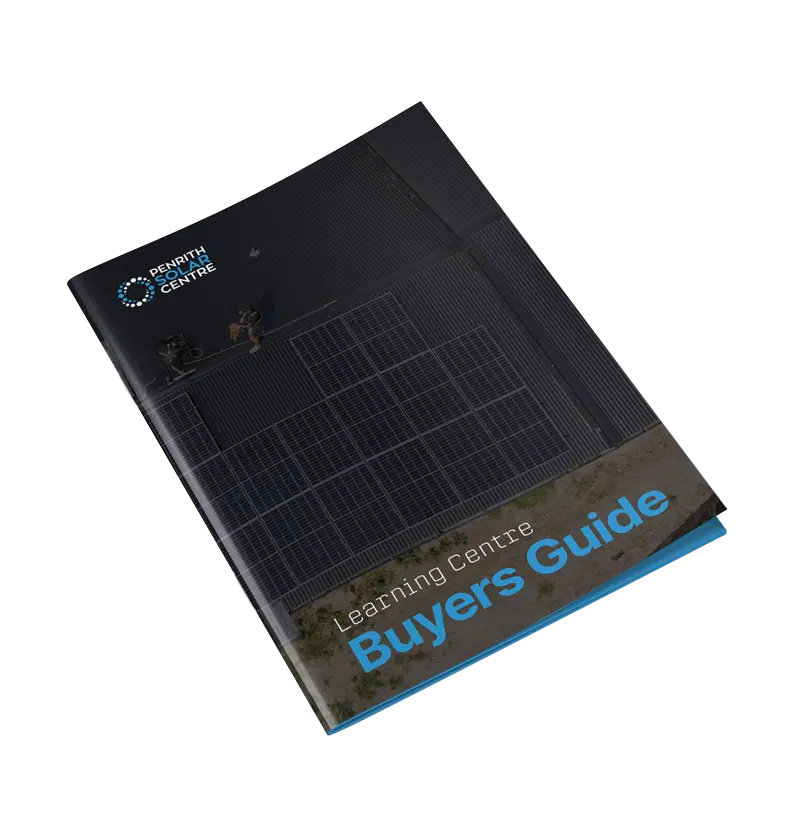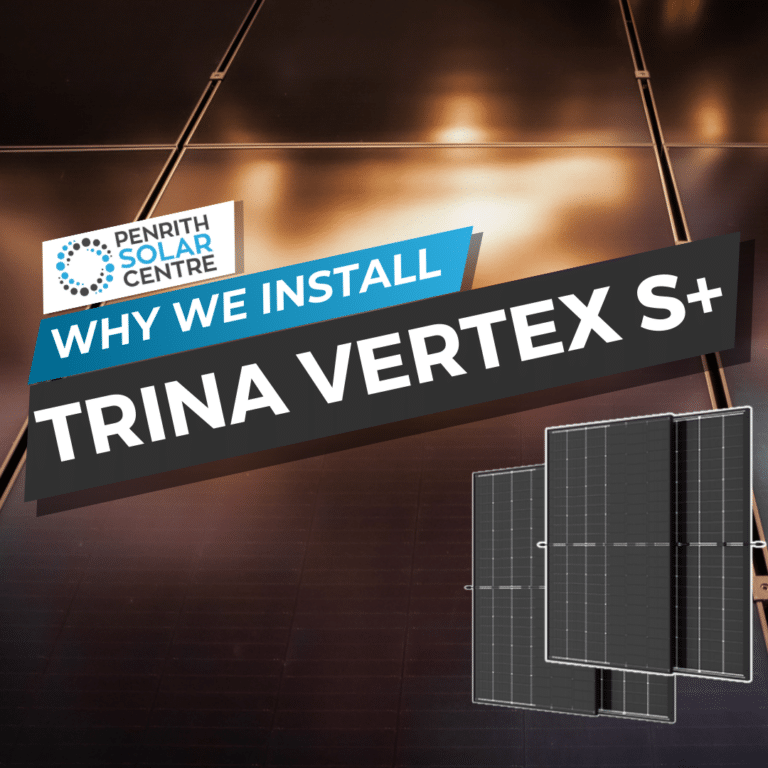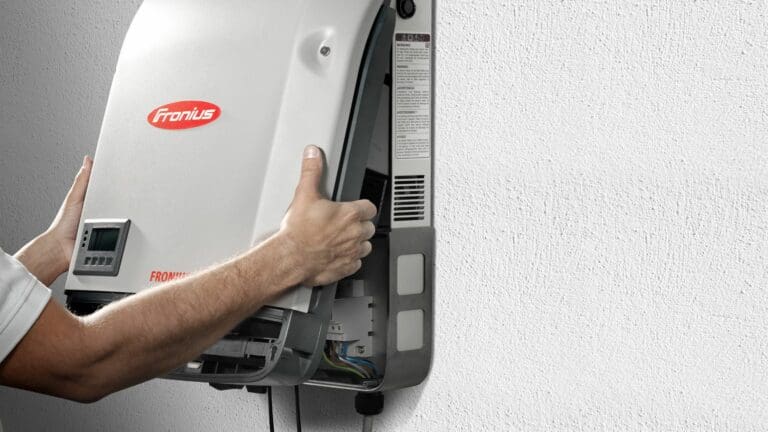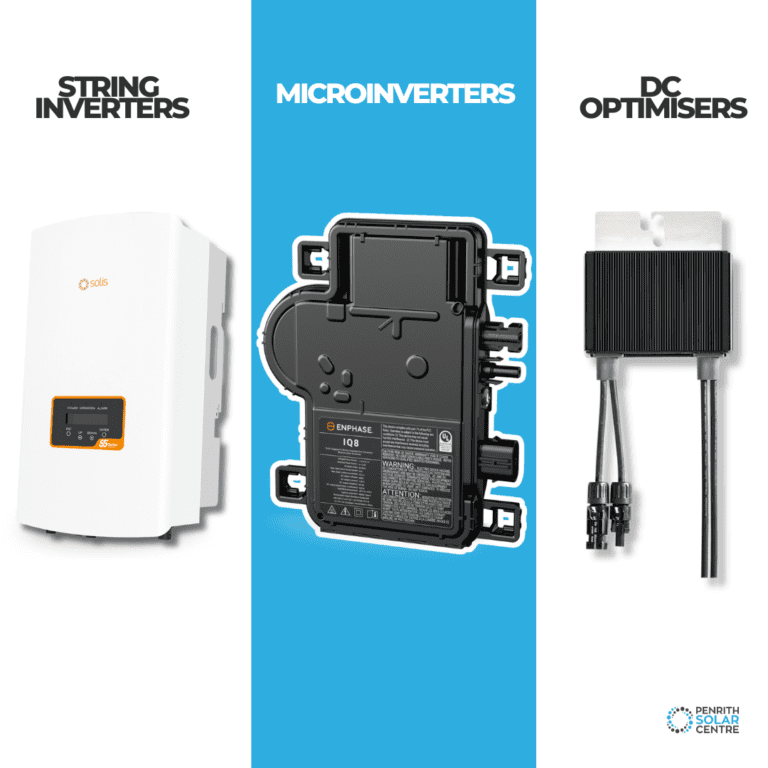Okay, so you’ve done the research on solar batteries, and you’ve asked all the right questions about them too, finally settling on the Tesla Powerwall 2, but there’s still a nagging feeling in the back of your mind: is it worth it?
Whatever your motivation for investigating a Tesla Powerwall 2, there are a lot of factors to consider before you spend your hard-earned cash on one. We’re sympathetic to the importance of this decision at Penrith Solar Centre. We’ve installed thousands of batteries, and quite a few of them are the Tesla Powerwall 2. It’s a battery that we stand behind for many reasons, however, it’s not always the best choice.
It’s far more important that you feel confident with your decision to buy a Powerwall 2 or not. These solar batteries are not for everyone. Sometimes they’re worth it and sometimes they simply aren’t.
In this article, you’ll learn about the considerations of purchasing a Tesla Powerwall 2 from the factors discussed above:
- What Are the Advantages of the Tesla Powerwall 2?
- What Are the Disadvantages of the Tesla Powerwall 2?
- What are the Economics of the Tesla Powerwall 2?
- What Can Tesla Powerwall Do to Protect My Home in a Blackout?
By the end of this deep dive into the worthiness of the Tesla Powerwall 2, you’ll know if this investment is the right one for your solar system and your home.
What Are the Advantages of the Powerwall 2?
As you might already know, the Tesla Powerwall 2 is a rechargeable lithium-ion battery for solar systems. Like all solar batteries, it’s designed to store excess solar energy generated during the day by the solar panels on the roof. This allows homeowners like you to use that energy during the night, on cloudy days, or during an electrical grid shutdown.
If any installation site has a somewhat complicated or technical design, we go straight for the Powerwall 2. For example, if the solar panels are on the shed in the back of the property, a detached dwelling, and you want to put another solar panel array and your battery on the house, the Powerwall is the best battery for that situation. It can interpret and divert power coming to it from multiple solar panel arrays, even multiple brands of solar panels, and function perfectly.
The specs and features for the Powerwall 2 are pretty impressive as well:
- Energy Capacity: 13.5kWh
- Continuous Power Rating: 5kW
- Peak Power Rating: 7kW
- Round-trip Efficiency: 90%
- Dimensions: 1150 mm x 753 mm x 147 mm
- Weight: 114 kg
With a total storage capacity of 13.5kWh (kilowatt hour), it’s one of the most economical batteries per kWh on the market, and we’ll get into the economics of that soon. That’s a lot of storage in one battery, but it’s possible to “stack” (combine) multiple Powerwalls together on one system for even more storage capacity.
The power rating of the Powerwall 2 is notable as well. The continuous power rating of 5kW is the standard of solar batteries in its class. The peak power rating of 7kW, however, is impressive. A peak power rating of 7kW means that the battery can discharge 7kW for a duration of ten seconds to kick start a power-hungry appliance like air conditioning.
The weight of the Powerwall is significant, which makes mounting it on the floor a preferred option for some homes and businesses. Because of its weight, installation requires two or more people. The dimensions of the Powerwall are similar to other batteries in its class. The aesthetics are nice – it’s sleek and slimming – and if you choose to wall mount it, it looks incredible.
Our favourite thing about the Tesla Powerwall 2 is its all-in-one adaptive style. It is completely brand-agnostic in terms of compatibility. It’s one of the only solar batteries that you can bolt onto any solar system in the world, and it will function beautifully, exactly as it’s designed.
If you want to explore the Powerwall 2 a little more comprehensively, you might want to check out our Tesla Powerwall 2 Review.
Click here for solar solutions
What Are the Disadvantages of the Tesla Powerwall 2?
While we think the Tesla Powerwall is pretty incredible, we can acknowledge that there are a few slight drawbacks (but just a few).
As mentioned previously, the size and weight of the Tesla Powerwall is noticeable. If you have a smaller home with limited space, the Powerwall will take up some wall space. If you’re stacking more than one Powerwall together, that will take up some additional space. It will affect the aesthetics of your home depending on where you want it placed.
The Powerwall 2 is an AC-coupled solar battery. In an AC-coupled battery, the power that is harvested by the solar panels is converted to DC (direct current) power and sent to a hybrid inverter or a microinverter that converts the power to AC, which is what the house and electrical grid use. However, a battery can only store DC energy. Because science. It’s just the nature of the technology.
There’s a built-in inverter in the Powerwall that converts power from AC to DC and back to AC again depending on whether it’s coming or going to the battery. Unlike the Enphase IQ Battery 5P, which has six microinverters installed to eliminate that central point of failure in this process of converting AC to DC and back to AC, the Powerwall has one inverter that converts all power to the battery that’s incoming and outgoing.
So there’s a single point of failure in the Powerwall 2. It is a concern, but keep in mind that they are designed and engineered to last multiple years with that inverter running bidirectionally 24/7. If that inverter fails, it cannot be simply replaced like the inverters in an Enphase battery. The entire Powerwall is done if that inverter fails.
The other drawback of a Powerwall is that it doesn’t have black start capability. “Black start” is a phrase that is traditionally used by large power stations to describe a procedure to recover from total or partial shutdown. In the solar world, it’s got a similar meaning: a black start allows the battery to kick start when completely depleted without the need for power from the grid.
When your Powerwall is fully depleted, it can’t jump-start with electricity coming from the solar panels the way an Enphase battery can. So during a ten-day blackout due to fires or floods or some other disaster, you might make it a couple days before you completely deplete your battery’s — or batteries’ — supply. Even if your solar panels are still charging the battery during the day (which they can do), the Powerwall can’t kick back on.

For people who want to live off-grid or folks who want the assurance of electricity during severe weather, the Powerwall is limited in what it can offer. However, if you live in a more populated area, like Sydney where the grid is a little more reliable, the lack of this feature is pretty unimportant (more on that in a bit).
If you want to find out more about how the Powerwall 2 and the Enphase IQ battery compare, check out this article titled Enphase IQ Battery 5P vs Tesla Powerwall 2.
What Are the Economics of the Tesla Powerwall 2?
The Tesla Powerwall 2 is one of the best deals in solar at the moment. The cost per kilowatt hour is lower than any other solar battery in its class. However, it has a significant upfront cost. It’s $10,400 for the Powerwall and $1,700 for the Gateway (It’s an additional, compulsory piece of equipment that helps monitor the power coming and going from the panels, the battery, the home, and the grid. The cost of it is often included in the pricing for the Powerwall 2). Add them up for a total of $12,100.
Installation needs to be considered when assessing the upfront cost of the Powerwall 2. If you’ve done any shopping around or research regarding solar batteries, you’ve noticed how much the cost of installation varies from company to company.
While many solar companies in Australia opt for subcontractors to handle installations, we have a specially trained, in-house team of experts. Subcontractors tend to adjust their charges upwards in proportion to the solar system’s size. Some of them will install the Powerwall 2 for as low as $13,500 for parts and labour, but some charge as high as $18,000 all included.

When evaluating battery prices for your solar system, it’s crucial to factor in the long-term savings over the lifespan of both the battery and the solar system. This calculation varies among households due to their individual, unique energy requirements.
Integrating a Powerwall into your solar system significantly enhances its overall efficiency and cost savings. While there’s a substantial upfront investment, the long-term returns are more substantial.
If you want a little more details about the cost of a Powerwall 2, you might want to check out our article on the Cost of a Tesla Powerwall 2.
Consider this: without a battery, a solar system exclusively powers your home during daylight hours. Any surplus electricity generated goes to the grid for a feed-in tariff. If you’re not at home during the day, you’re not utilising that generated energy effectively. The savings from feed-in tariffs are decreasing as solar systems spread across Australia. In fact, nearly 30% of homes and businesses in Australia have solar systems.

The Powerwall stores excess electricity for use when the sun is not shining, enhancing the return on investment for your solar system and providing energy independence from the utility company. It offers greater cost savings compared to a solar system by itself.
Your quarterly or monthly energy bill should include how many kilowatt hours your household or business goes through. While your energy statement doesn’t break down the number of kilowatt hours down by time of day, it should be reporting numbers small enough to make figuring out your energy consumption patterns.
The average cost of electricity per kWh in New South Wales is around $0.30 – 0.35. If your household is using 18 kWh per day, your daily electricity consumption costs $5.94 per day. That’s $2,168.10 per year. Over ten years, that’s over $20,000. For twenty-five years, it’s $54,200 and that’s if the cost of electricity remains around $0.30 – 0.35 per watt (and it won’t).
If you have a solar system installed, and to make it easy, we’ll say it’s 6kW. We can estimate that it’s not going to be harvesting the power of the sun at full capacity for all the daylight hours. It will when the sun is high in the sky, but less so at the top and tails of the day. Let’s estimate your solar system generating 24kWh per day, which is modest. It’s still 6kWh over your daily energy use.
But that electricity is being generated during the day when the house is empty; you’re at work, the kids are at school, and the dog doesn’t like watching TV. A Powerwall will store 13.5kWh of that electricity for use later, which is more than half of your energy needs per day. It cuts your bill significantly and immediately.
And that’s not even considering things like feed-in tariffs and VPPs (virtual power plants). For more information on that, check out this article, What is a Virtual Power Plant (VPP)?
Please note: in the interest of transparency (one of our core values when it comes to sales), folks who are at home most of the time during daylight hours really don’t need a battery. They’re using the solar system when the sun is up. If you work from home or if you’re, say, retired, you might not want to invest in a battery. It will take much longer to see that investment pay off.
What Can the Tesla Powerwall 2 Do to Protect My Home in a Blackout?
Because it lacks black start capability, some shoppers might consider the Powerwall a lesser option for emergency electricity. Honestly though, how often is the grid out for multiple days on end in the Sydney metro area? Black start capability is only necessary in more rural off-grid areas.
As long as you program your Powerwall to keep some energy in reserve to kick-start the system in the morning, you’ll be fine for blackouts that last more than a few hours.
We mentioned the Tesla Gateway earlier. It’s mounted next to the switchboard and works closely with the battery and the switchboard to direct electricity traffic in your home. Your incoming consumer mains are diverted to the Tesla Gateway and through a contactor before going back to your switchboard.
This is an advantage when there’s a grid outage. You’ll want the Powerwall to go into backup mode and supply your home with emergency power. The Gateway has a 200 amp contactor that opens when the grid goes out and it disconnects your home from the grid entirely. When the grid comes back on, that contactor will sync your home with the grid again.
Maintaining energy in reserve with a Powerwall is crucial if you have medical equipment in the home or some other appliances that need to be running constantly. If you have some sort of lift device to get to and from a second story, the Powerwall can run that when the lights go out. You don’t want to be trapped upstairs (Unless there’s a zombie apocalypse. In this case, you’ll want to stock up all your supplies upstairs and destroy the staircase. Zombies lack sophisticated motor control and can’t climb up to the second floor) (which does beg the question: how does one go about destroying a staircase?).
If you’re interested in learning a bit more about how to program your Powerwall, you might want to check out the following article titled, What is Consumption Monitoring?
Is the Tesla Powerwall 2 a Good Fit for You?
You should now have a clearer perspective on the worthiness of the Tesla Powerwall 2.
Whether it’s a worthy purchase in 2023 in Australia depends on various factors, including energy consumption patterns, grid reliability, and budget. While the upfront cost may be substantial, the long-term benefits, both environmentally and economically, may well justify the investment.
Careful consideration and consultation with renewable energy experts can help you make an informed decision that aligns with your energy goals and financial priorities.
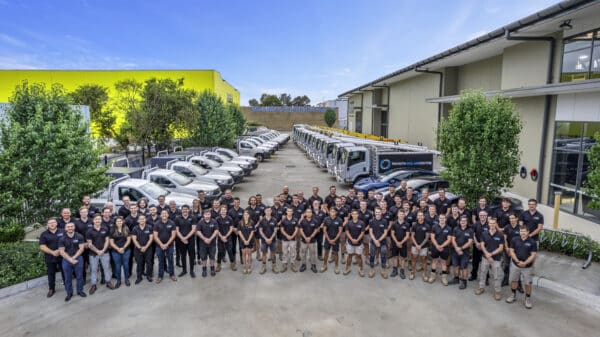
If you’re ready to speak with someone about whether a Powerwall 2 will be a benefit for your home and your energy consumption needs, please don’t hesitate to reach out to us, we’re here to help.
